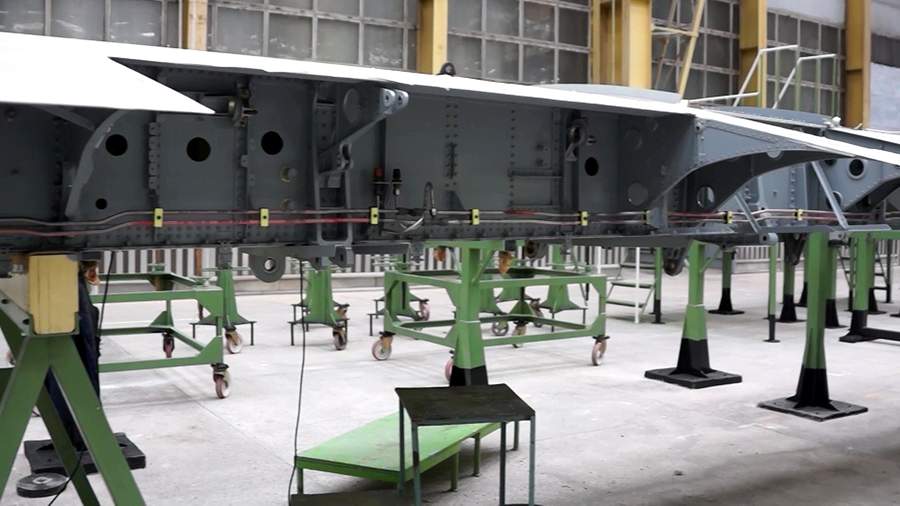silicon0000
Full Member
- Mar 1, 2015
- 1,614
- 2,030
- Country of Origin

- Country of Residence


Russia's "Super-Maneuverable" Aircraft On Way As Engineers Claim Developing Innovative Wing With Movable Skin
Russian design engineers have claimed a groundbreaking advancement in aerospace technology: an innovative wing with a movable skin that promises to create super-maneuverable aircraft. This innovative design is expected to revolutionize flight dynamics and aircraft performance, according to...
 www.eurasiantimes.com
www.eurasiantimes.com


